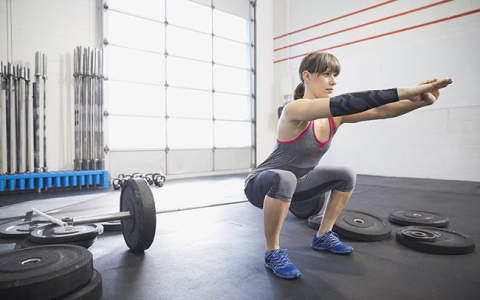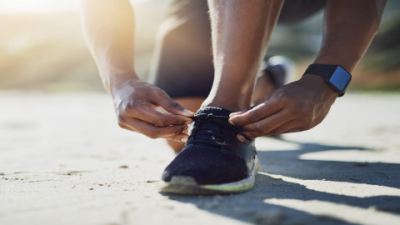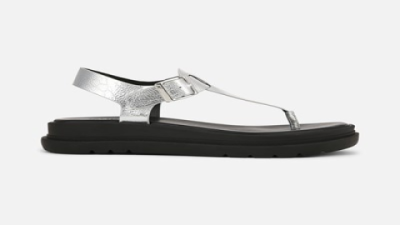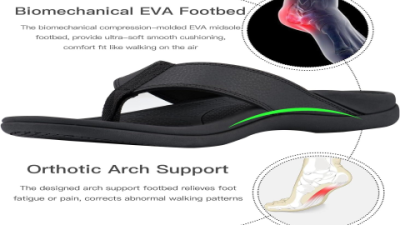Lunges are one of those exercises that everyone seems to love for building strong legs and glutes. But if you’ve ever felt that nagging knee pain while doing them, you’re definitely not alone. It’s frustrating because lunges are so effective, yet that sharp or dull ache in your knee can make you want to quit altogether. So, what’s really going on when your knees start to complain during lunges? And more importantly, how do you fix it so you can keep working out without pain?
Let’s dive into the reasons why knee pain happens during lunges and talk about some practical ways to get rid of it. I’ll share some tips that have helped many people (including myself) get back to pain-free lunging, plus a few things to watch out for so you don’t make it worse.
Why Do Your Knees Hurt When You Lunge?
First off, knee pain during lunges isn’t some mysterious curse. There are usually a few common reasons behind it. Sometimes it’s about how you’re moving, other times it’s about muscle strength or tightness, and sometimes it’s just your knees telling you they need a break or some TLC.
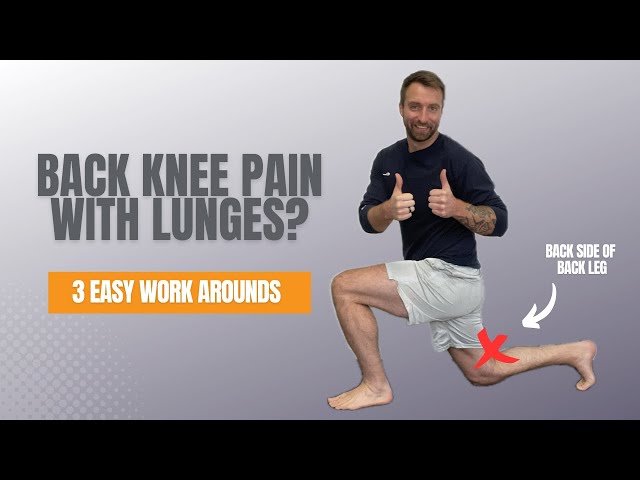
| Cause | What Happens | How It Feels |
|---|---|---|
| Poor Form | Knee goes too far past toes or caves inward | Sharp or aching pain in front or sides of knee |
| Weak Muscles | Quads and glutes don’t support the knee properly | General discomfort, feeling unstable or weak |
| Patellofemoral Pain Syndrome | Cartilage under kneecap gets irritated | Pain around or under kneecap, especially bending |
| Overuse | Too many lunges without rest | Aching or sharp pain after workouts |
| Previous Injury | Old sprains or tears weaken knee stability | Swelling, instability, pain during movement |
| Muscle Tightness | Tight hips, calves, or hamstrings affect movement | Stiffness and pain during lunges |
So, if you’re feeling knee pain, it’s worth thinking about which of these might be the culprit. Sometimes it’s a mix of a few things, which is why a one-size-fits-all fix doesn’t work.
Fix #1: Get Your Form Right (Seriously, It Makes a Huge Difference)
I can’t stress this enough—bad form is the biggest reason knees hurt during lunges. It’s tempting to rush through reps or try to go too deep, but that’s when your knees pay the price.
Here’s what you want to keep in mind:
- Your knee should stay in line with your toes. No wobbling in or out.
- Don’t let your front knee shoot way past your toes. It’s okay if it moves a little, but too far forward means more pressure on your knee joint.
- Keep your chest up and core tight. Slouching forward shifts weight and stresses your knees.
- Balance your weight between your heel and the ball of your foot. Don’t lean too far forward.
- Take a comfortable step length. Too big or too small can mess with your balance and knee tracking.
When you nail your form, you’ll notice your knees feel much better. It might feel awkward at first, but it’s worth practicing slowly and maybe even in front of a mirror or with a friend watching.
Fix #2: Build Up Those Supporting Muscles
Another biggie is muscle strength—or the lack of it. Your knees rely on the muscles around them to keep everything stable and absorb impact. If your quads, glutes, or hamstrings are weak, your knees end up taking all the stress, which is a recipe for pain.
Here are some exercises that really help:
| Muscle Group | Exercises | Why It Helps |
|---|---|---|
| Quadriceps | Wall sits, step-ups, leg extensions | Supports knee extension and absorbs shock |
| Glutes | Glute bridges, hip thrusts, side band walks | Prevents knee from caving in, stabilizes hips |
| Hamstrings | Leg curls, Romanian deadlifts, bridges | Balances quad strength, protects knee joint |
One tip: focus on the slow lowering part of these exercises (called eccentric training). It’s tough but super effective for strengthening tendons and muscles around the knee.
Fix #3: Loosen Up Tight Muscles and Improve Mobility
Sometimes it’s not about strength but flexibility. Tight hips, calves, or ankles can throw off your lunge mechanics, making your knees work harder than they should.
Try these mobility moves:
- Dynamic leg swings and hip circles before your workout to warm up.
- Calf stretches and ankle mobilizations to help your knee move naturally.
- Hip flexor stretches like the kneeling lunge stretch or pigeon pose.
- Post-workout static stretches held for 20- seconds to improve flexibility over time.
Improving your mobility helps your knees track better during lunges and reduces painful compensations.
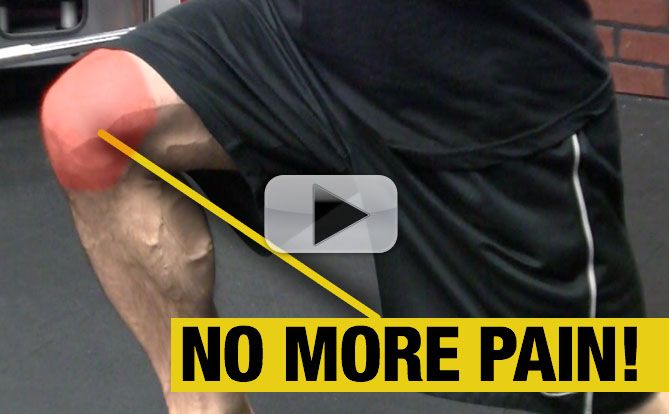
Extra Tips to Keep Knee Pain Away
- Wear good shoes. Proper support and cushioning can make a big difference.
- Try different lunge variations. Reverse lunges or static lunges are often easier on the knees.
- Warm up properly. Don’t jump straight into lunges without prepping your body.
- Don’t overdo it. Give your knees time to recover between workouts.
- Listen to your body. If the pain sticks around, it’s okay to take a break or get professional advice.
Frequently Asked Questions
Q: Is it normal to feel some knee pain during lunges?
A: A little discomfort can happen if you’re new or tight, but sharp or ongoing pain is a warning sign. Don’t ignore it.
Q: Can I still do lunges if my knees hurt?
A: You can modify them—try reverse lunges or shallower lunges. Focus on strengthening and stretching too. If pain persists, see a specialist.
Q: How long before I see improvement?
A: Usually a few weeks of consistent work on form, strength, and mobility can help. Serious injuries might take longer.
Q: Are there exercises like lunges but easier on the knees?
A: Yes! Step-ups, glute bridges, and hip thrusts work similar muscles without putting as much stress on the knees.
Q: Should I ice or heat my knees after lunges?
A: Ice helps reduce inflammation and pain after workouts. Heat can loosen muscles before exercise.
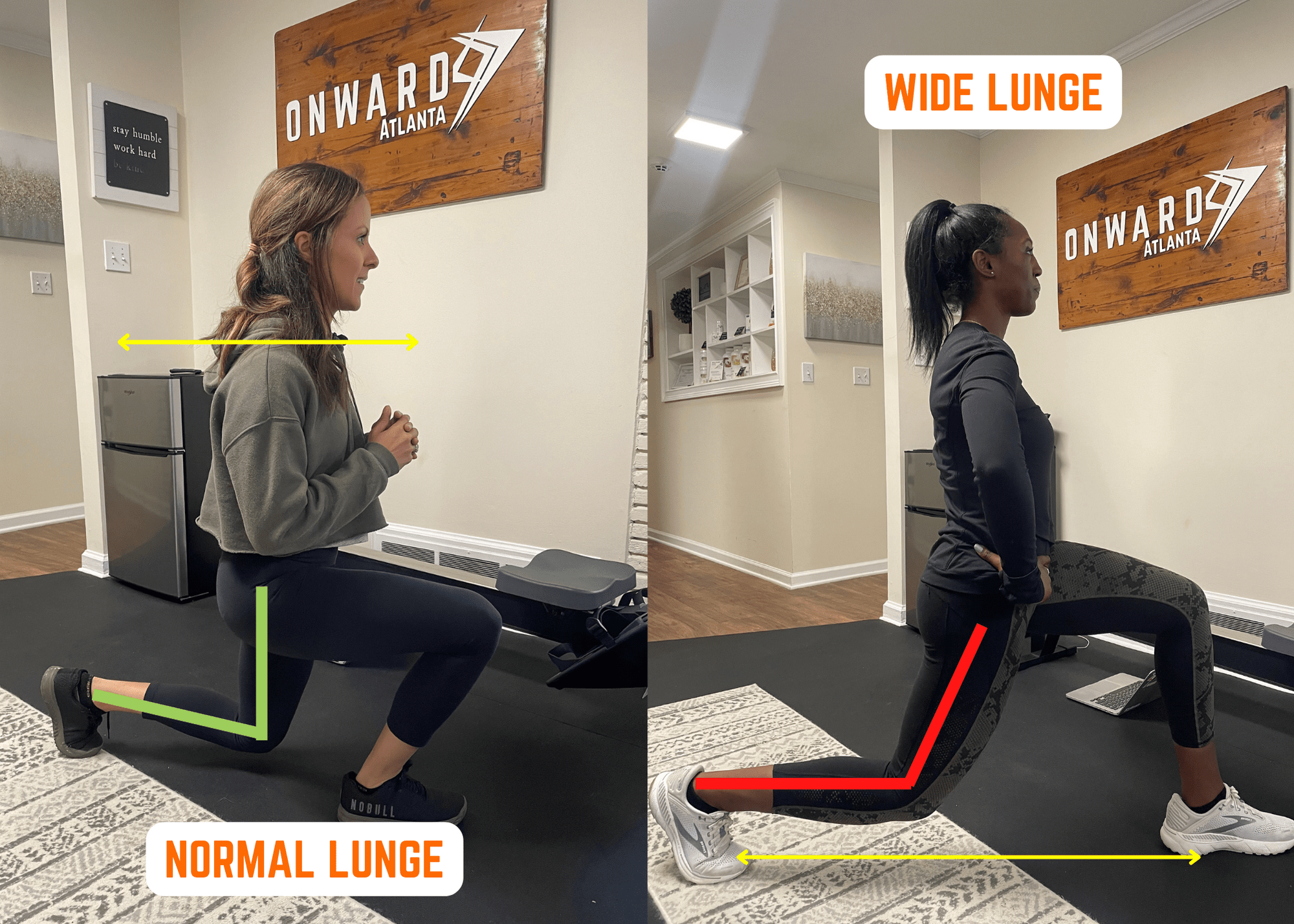
Wrapping It Up
Dealing with knee pain during lunges can be a real pain (pun intended), but it’s totally fixable. Most of the time, it’s about tweaking your form, building up your muscles, and loosening tight spots. It might take some patience and practice, but once you get the hang of it, you’ll be lunging strong and pain-free.
Remember, your knees are your workout buddies—treat them well, and they’ll stick with you for the long haul. And if things don’t improve, don’t hesitate to get some professional help. Your body will thank you.
